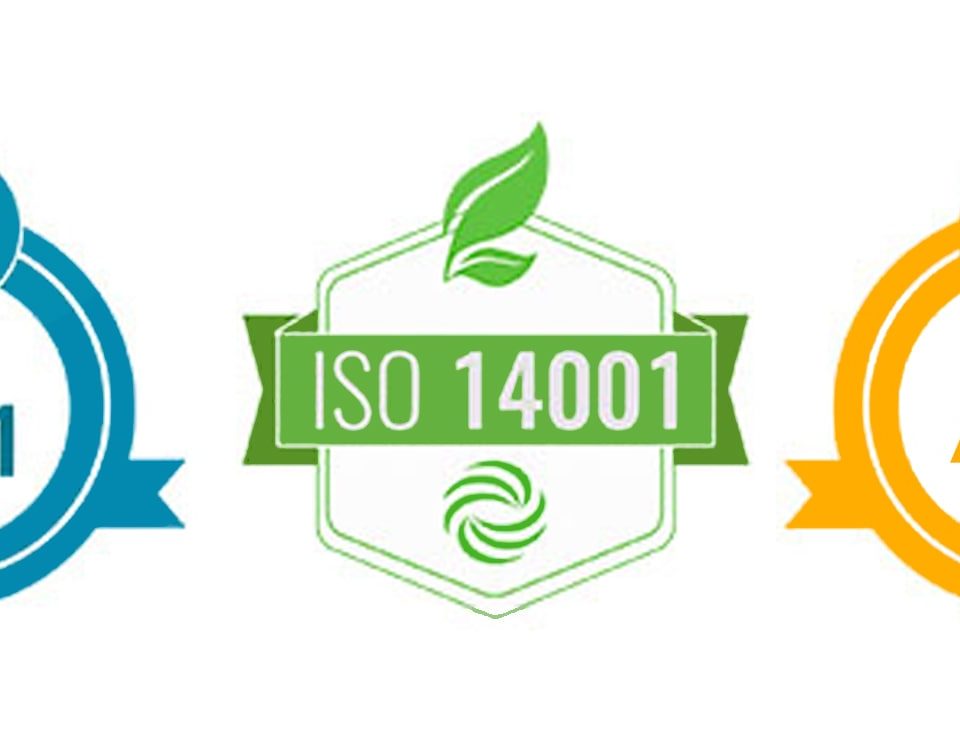How to use Xbench in Trados?
What’s New in Studio 2015?
30th August 2025
What is crowdin?
8th September 2025Using Xbench with Trados Studio is a common practice for running final QA checks on your translations. Here’s a step-by-step guide on how to use Xbench with Trados Studio:
✅ How to Use Xbench with Trados Studio
🔧 Step 1: Install Xbench
-
Download and install Xbench 3.0 (recommended) from:
🔗 https://www.xbench.net -
Optionally, you can use the free version (2.9), but it has limitations.
📁 Step 2: Export or Locate Your Bilingual Files
You need to load bilingual files into Xbench for QA:
-
If you’re working in SDL Trados Studio, the most common file format is SDLXLIFF.
-
Save or locate the
.sdlxlifffiles from your Trados project.
➕ Step 3: Load Files into Xbench
-
Open Xbench.
-
Go to Project > New.
-
Choose the appropriate project type (typically “Ongoing translation”).
-
Click Add > Add Files.
-
Select “SDLXLIFF File” as the file type.
-
Browse and add your
.sdlxlifffiles. -
Click Next > set project name/details if needed > then Finish.
✅ Step 4: Run QA in Xbench
Once files are loaded:
-
Click Check Ongoing Translation (or press
Ctrl + Alt + Insert). -
Xbench will run a set of QA checks (e.g., inconsistencies, tag issues, terminology mismatches).
-
Results appear in a list at the bottom.
🛠️ Step 5: Fix Issues in Trados
This is the cool part:
-
Double-click on any issue in Xbench.
-
Xbench will automatically open Trados Studio and navigate to the segment with the issue (requires Studio integration).
📝 Important: For this feature to work:
-
Trados Studio must be running.
-
The same SDLXLIFF file must be open in the Trados Editor.
📌 Optional: Load Terminology or TMs
You can also load:
-
Termbases (TBX, CSV)
-
Translation Memories (TMX)
-
To check if proper terms are used, or if translations are consistent.
💡 Tips
-
Use Filters in Xbench to focus on:
-
Untranslated segments
-
Inconsistencies
-
Terminology violations
-
-
You can customize checks (under Project > Properties > QA Settings).
-
Export the QA report (File > Export QA Results) as Excel or text.
🧩 Trados + Xbench Integration
If you want deeper integration, you can install the Xbench plugin for Trados from the RWS AppStore, but it’s not strictly necessary unless you want enhanced workflows.
Would you like a video tutorial or a sample project setup to practice with?


